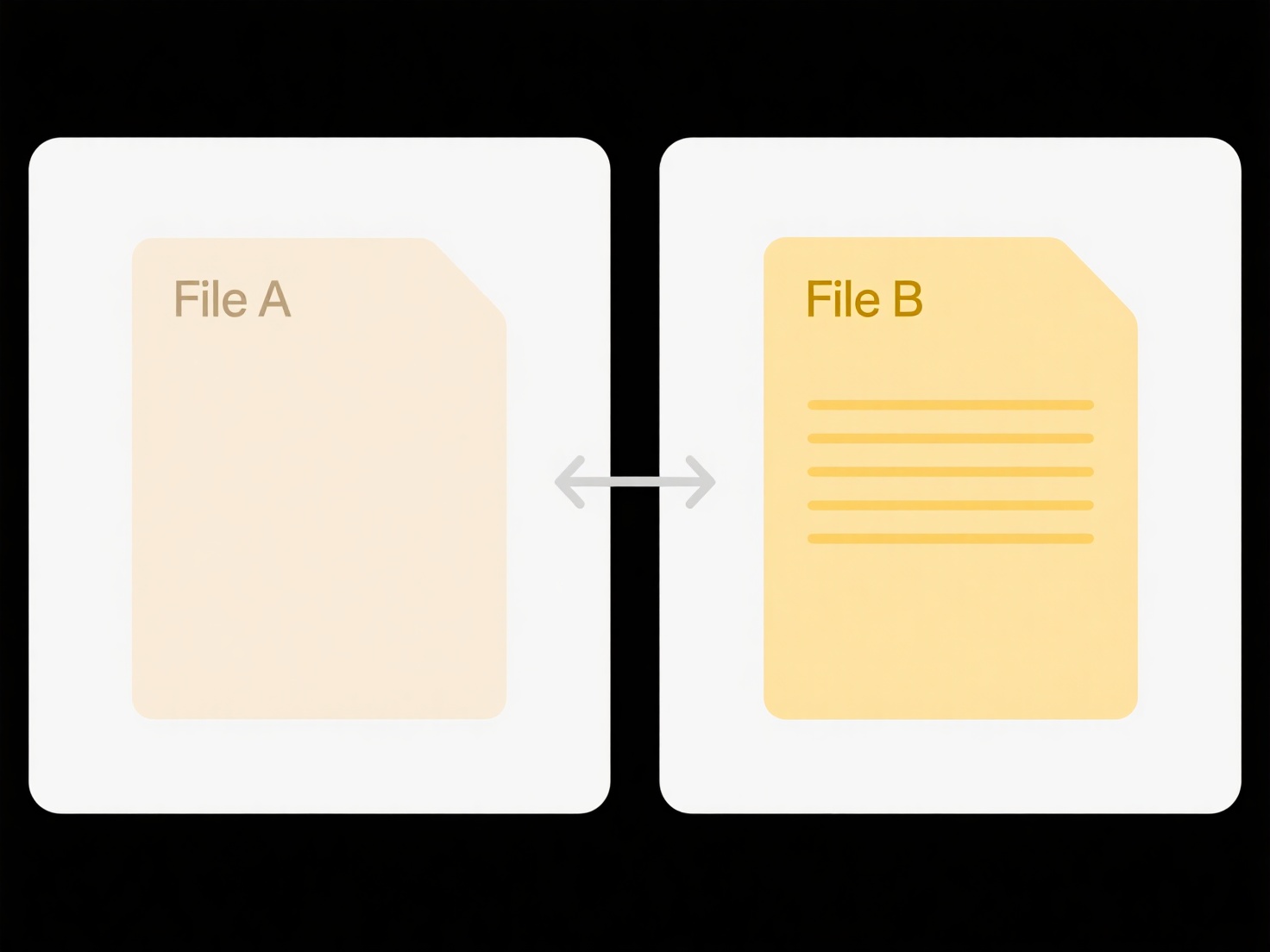
Reference files are reusable documents, templates, or assets used for consistent creation of new work materials. Managing them involves organizing, storing, and maintaining these files so they are easily accessible and current. This differs from general file management by focusing on assets meant for direct reuse, requiring strategies like centralized repositories, clear version control, and strict naming conventions for discoverability. The goal is to prevent duplication, ensure accuracy, and streamline workflows.
Effective practice includes centralizing reference assets like engineering CAD templates or standard operating procedures (SOPs) in dedicated locations such as SharePoint folders, Google Drive shared drives, or document management systems. Teams then reference these single sources, ensuring everyone uses the latest approved logo, boilerplate text, project brief structure, or compliant form. Marketing departments heavily rely on managing brand assets like logos and templates, while engineering teams manage component libraries and design standards.

Benefits are significant consistency, efficiency, and reduced errors. It prevents confusion from multiple versions and saves time recreating assets. Key challenges include ensuring rigorous adherence to update procedures, proper access controls to prevent unauthorized edits, and developing effective search/tagging systems. Future developments involve leveraging AI for smarter tagging and retrieval. Without effective management, productivity drops and brand/technical integrity risks increase.
How do I manage reference files?
Reference files are reusable documents, templates, or assets used for consistent creation of new work materials. Managing them involves organizing, storing, and maintaining these files so they are easily accessible and current. This differs from general file management by focusing on assets meant for direct reuse, requiring strategies like centralized repositories, clear version control, and strict naming conventions for discoverability. The goal is to prevent duplication, ensure accuracy, and streamline workflows.
Effective practice includes centralizing reference assets like engineering CAD templates or standard operating procedures (SOPs) in dedicated locations such as SharePoint folders, Google Drive shared drives, or document management systems. Teams then reference these single sources, ensuring everyone uses the latest approved logo, boilerplate text, project brief structure, or compliant form. Marketing departments heavily rely on managing brand assets like logos and templates, while engineering teams manage component libraries and design standards.

Benefits are significant consistency, efficiency, and reduced errors. It prevents confusion from multiple versions and saves time recreating assets. Key challenges include ensuring rigorous adherence to update procedures, proper access controls to prevent unauthorized edits, and developing effective search/tagging systems. Future developments involve leveraging AI for smarter tagging and retrieval. Without effective management, productivity drops and brand/technical integrity risks increase.
Quick Article Links
Why can’t I share a file from my work account to a personal one?
Company data separation policies restrict transferring files between work and personal accounts for security. Organizati...
What are common mistakes when organizing document folders?
What are common mistakes when organizing document folders? Ineffective document organization often stems from inconsis...
Is it safe to rename file extensions?
A file extension is the suffix at the end of a filename (like .txt, .jpg, .docx) that tells the operating system and app...